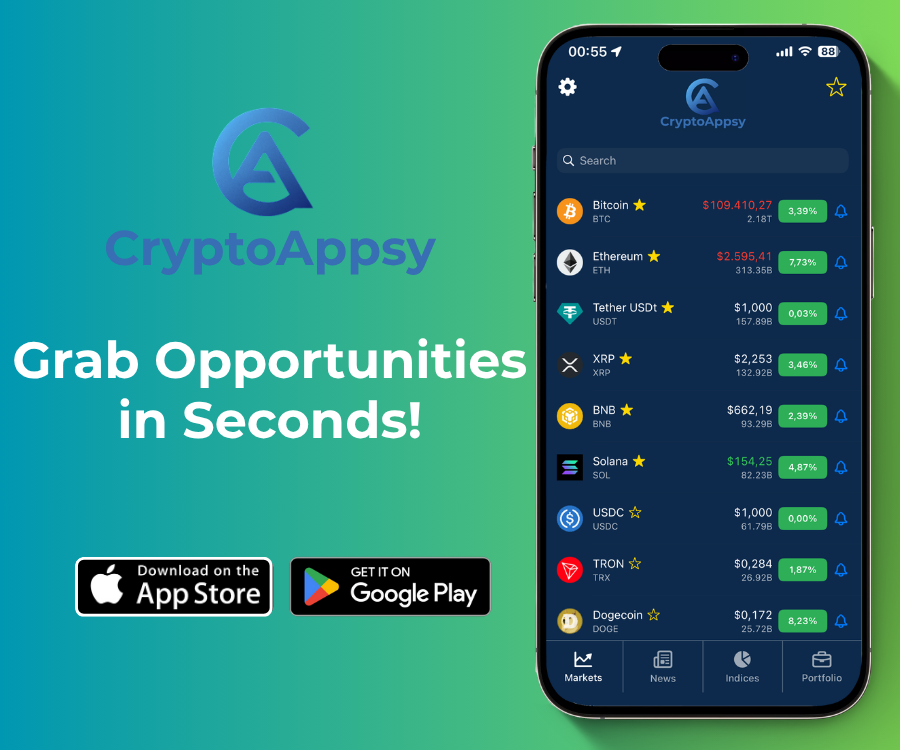XRP Ledger’s EVM Sidechain Integration: A Game-Changer for Blockchain Interoperability
The XRP Ledger just leveled up—EVM compatibility is now live via sidechain, tearing down walls between ecosystems.
Why this isn't just another tech update
Smart contracts meet XRP's speed. Developers get Solidity support without sacrificing the ledger's trademark 3-second settlement times. Traders win with seamless asset bridging—while CEX middlemen sweat over fading arbitrage opportunities.
The cynical finance take
Banks will 'explore integrations' for years while DeFi degens mint sidechain shitcoins by lunchtime. Place your bets.
Launch and Initial Development on Mainnet
The EVM-compatible sidechain of XRPL enables projects and developers from the ethereum ecosystem to operate seamlessly on the XRP network. This integration allows popular smart contracts from the Ethereum network to be transferred into the XRPL ecosystem, enhancing accessibility and efficiency.
The sidechain’s deployment on the mainnet saw around 1,400 smart contracts implemented within the first week, indicating rapid adoption by the developer community. XRPL’s EVM compatibility enhances the chain’s technological capabilities, opening new avenues for use and adoption.
Integration of XRPL with EVM
The EVM compatibility developed for XRPL provides developers the freedom to work in various programming languages. This means Ethereum-based applications can be launched on XRPL at reduced costs and increased speeds. Experts suggest this technological integration could boost the scalability and appeal of the XRP ecosystem.

The increase in smart contract deployments also diversifies the range of transactions across the network. Developers find the opportunity to leverage EVM-compatible smart contracts for varying financial applications, decentralized projects, and automated processes, potentially contributing to the emergence of new projects on XRPL.
Potential Impact on the Network and Future Expectations
The launch of XRPL’s EVM sidechain was met with positive reactions from the XRP community and the broader blockchain sector. This step is expected to increase application diversity on XRPL, leading to higher preference among both institutional and individual users.
Experts predict that the rapid deployment of smart contracts in the first week could see further growth. The ecosystem might continue to attract more developers and projects, with future updates and functionalities potentially being added based on developer feedback and sidechain performance observations.
With this new integration, XRPL is underscoring the flexibility and functionality of blockchain technology across various domains. While developers and users benefit from the new sidechain’s advantages, the overall structure of the ecosystem is fortified. It is suggested that such technical advancements could promote wider adoption of blockchain-based applications across the industry.
The integration of XRPL with EVM appears to foster innovation within the ecosystem, supporting more initiatives. The increase in application and contract diversity has the potential to boost interest in XRPL from both existing users and new projects. This development is considered an important step for the blockchain industry.
The EVM-compatible sidechain of XRPL provides developers with flexibility in integrating existing blockchain infrastructures. The adaptation of various applications and projects from the Ethereum ecosystem to XRPL broadens the platform’s usability. The increase in smart contract traffic is seen as advancement in XRP Ledger’s technological capabilities. How users and developers make use of these new opportunities will be crucial for the future of XRPL and blockchain technology as a whole.
You can follow our news on Telegram, Facebook, Twitter & Coinmarketcap Disclaimer: The information contained in this article does not constitute investment advice. Investors should be aware that cryptocurrencies carry high volatility and therefore risk, and should conduct their own research.
